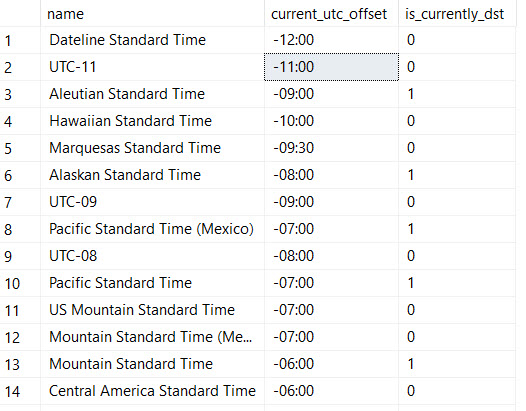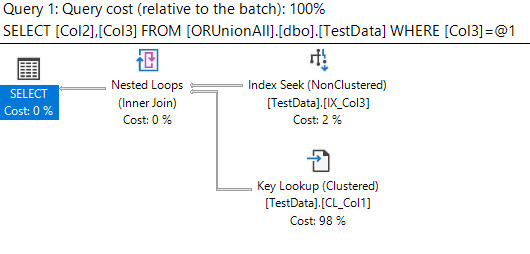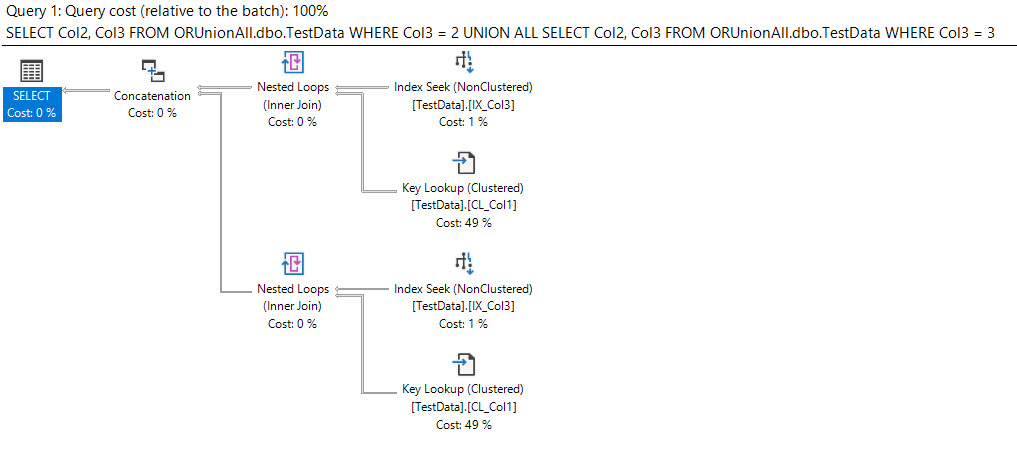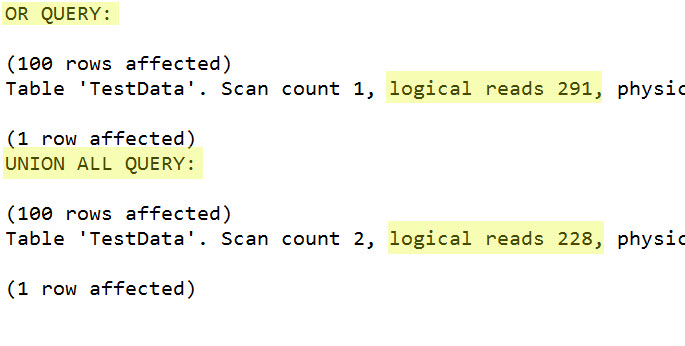Watch this week's video on YouTube
This week I was fortunate enough to film a video in collaboration with Pinal Dave, the SQL Authority himself. Pinal is creative, hilarious, and kind; making this video with him was A BLAST!
Although the video is a little tongue in cheek, Pinal's recommendations are very real: I've encountered plenty of scenarios where these solutions fixed slow queries. Will these recommendations fix the problem in every situation? Of course not, but they are a great place to start.
Instead of creating a text version of the concepts covered in the video (you should really watch it), I thought it would be fun to do a behind-the-scenes narrative of how the video came together because it is unlike any other project I've done before.
The Idea
After agreeing to make a video together, we tossed around a few ideas. Because we live in different time zones, we thought it would be a fun to do something where I kept waking Pinal up in the middle of the night.
We iterated over what SQL Server examples to use (originally the second example was going to show my queries running out of space because autogrowth being turned off). We also ended up adding another example after my wife suggested that having it build to three scenarios instead of two would be funnier - I agree!
Asynchronous Filming
You've probably already figured it out, but I didn't really wake Pinal up in the video (honestly, I think midnight would be too early to wake him up anyway; in our back and forth emails, I was seeing responses from him that were in the 1-2am range).
I filmed a preliminary version of my parts of the video, very roughly edited them together, and sent it over to Pinal.
He then filmed his segments, giving me lots of great footage (I'm not sure if it was ad-libbed or not, but I was dying of laughter when watching through his clips).
Then I re-filmed my parts to try to match his dialog as closely as possible. Re-filming my parts also allowed me to self-edit and not ramble as much.
Everything Else
After that, it was just the usual process of editing, color correction, audio processing, etc...
I'm happy with how it turned out, especially given all of the technical challenges we had with filming separately.
Major thanks again to Pinal for being supportive and willing to make a fun SQL Server video. Enjoy!














